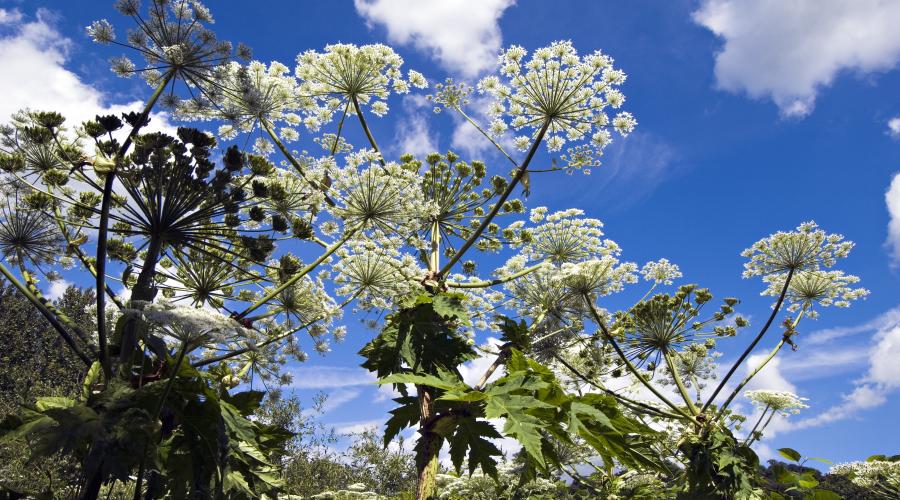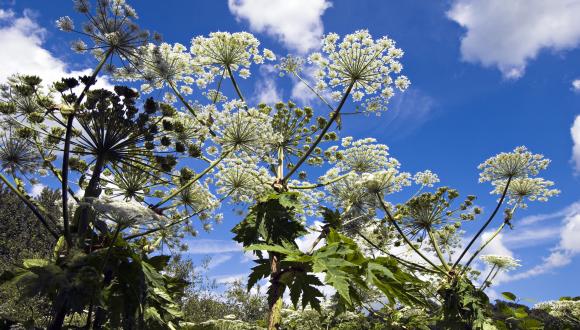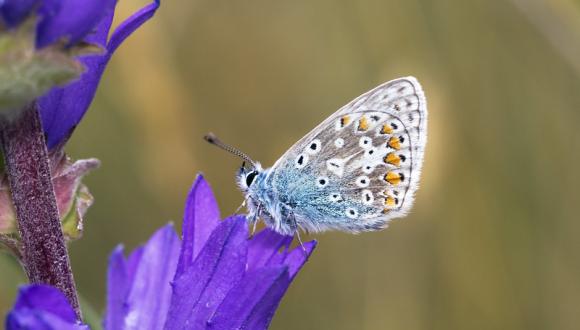
Invasive species the biggest pressure on nature sites
13 May 2019
The majority of Scotland’s natural features are doing well but some face significant challenges from invasive species and other threats, new figures suggest.
Official statistics published by NatureScot show that almost 8 in 10 (78.9%) of more than 5,000 features on protected nature sites – including habitats, species and earth sciences such as fossil beds and caves - were assessed as in a favourable or recovering condition in 2019.
The figure represents a slight drop of 0.8 percentage points since last year but is up 2.9 percentage points from 2007.
Only around two-thirds (65.5%) of features were found to have reached favourable condition, reflecting the many challenges nature still faces in Scotland. However a further 13.4% have been assessed as on the road to recovery.
Over the year, the condition of 47 natural features improved to favourable or recovering condition, while 76 deteriorated to unfavourable condition.
Many of those in unfavourable condition have no on-site remedy as they are influenced by wider factors, for example declining seabird populations which are thought to be related to changes in prey distribution. Climate change is also believed to be a factor in the decline of a number of sites and poses a long-term threat to Scotland’s nature.
The report, which coincides with Invasive Species Week, shows that invasive species remain the single biggest reason for features being in unfavourable condition, representing 21% of all negative pressures, followed by overgrazing (17.6%).
Whether native, such as gorse, bracken and nettles, or non-native, such as Rhododendron or Japanese knotweed, invasive species can have an impact on important habitats and the flora and fauna they support by competing for nutrients and light.
NatureScot has been working with partners across Scotland to address these and other pressures and put important natural sites on the road to recovery.
Sally Thomas, NatureScot Director of People and Nature, said: “It’s encouraging to see that the majority of natural features in Scotland are either in good condition or on the road to recovery.
“However, these findings also clearly illustrate the challenges that nature faces and we know that more needs to be done.
“That’s why we are working closely with partners, farmers and landowners to help them to manage sites in a way that tackles invasive species and overgrazing on protected areas and ensures that our natural heritage is safeguarded for future generations.”
Examples of this work in action include Lower Wick River Site of Special Scientific Interest (SSSI) in Caithness where the control of toxic giant hogweed is making headway, preventing the plants from flowering and resulting in a significant decline in their numbers, and Ballantrae Shingle Beach SSSI in South Ayrshire, which is also improving following the treatment of invasive Japanese knotweed at the site.
At Dumbrock Loch Meadows SSSI a management agreement with the landowner of the largest lowland grassland in Stirlingshire has resulted in better managed grazing, bracken treatment and the removal of Japanese knotweed.
Meanwhile at Cleugh SSSI in Dumfries and Galloway the condition of the grassland is recovering following a similar management agreement to reduce grazing pressure and remove encroaching scrub and thistles – allowing flowering plants to thrive.
Several hundred similar management agreements are in place across Scotland with the aim of supporting farmers and landowners to place protected areas in favourable condition.
In addition, NatureScot leads the four-year partnership Scottish Invasive Species Initiative (SISI) project, which is working to control invasive non-native species along riversides in Northern Scotland.
NatureScot’s recently announced Biodiversity Challenge Fund of up to £2 million is also targeting funding at projects that will help our most at-risk habitats and species, connect existing nature reserves and protected areas and tackle invasive species.
There are more than 1,800 protected areas across Scotland, these include Sites of Special Scientific Interest, Marine Protected Areas, and Natura sites. Most of these jewels of nature are available for people to enjoy responsibly through Scotland’s access legislation and you can find out where these sites are by visiting Sitelink.







